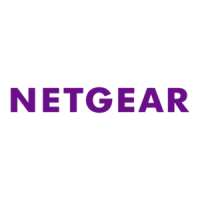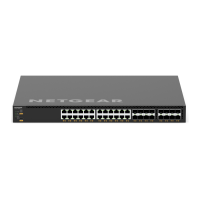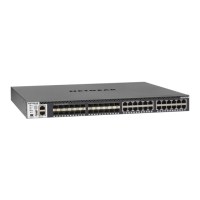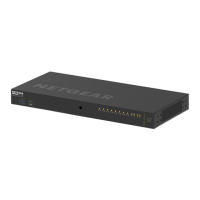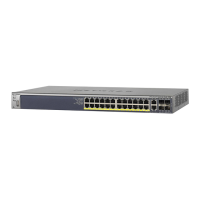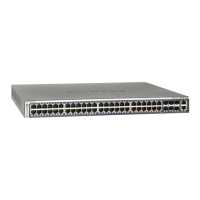Getting Started
20
M4300 Series and M4300-96X Fully Managed Switches User Manual
Understanding the User Interfaces
The switch software includes a set of comprehensive management functions for configuring
and monitoring the system by using one of the following methods:
• Local browser–based management interface (in this manual referred to as the local
browser interface), either over an Ethernet network port or over the out-of-band
(OOB) port (also referred to as the service port)
• Simple Network Management Protocol (SNMP)
• Command-line interface (CLI)
Each of the standards-based management methods allows you to configure and monitor the
components of the switch
The method you use to manage the system depends on your
network size and requirements, and on your preference.
This manual describes how to use the local browser interface to manage and monitor the
system.
Local Browser Interface Overview
Your switch contains an embedded web server and management software for managing and
monitoring switch functions. The switch functions as a simple switch without the management
software. However, you can use the management software to configure more advanced
features that can improve switch efficiency and overall network performance.
The local browser interface is a web-based management tool that lets you monitor, configure,
and control your switch remotely using a standard web browser. From your web browser
, you
can monitor the performance of your switch and optimize its configuration for your network.
You can configure all switch features, such as VLANs, QoS, and ACLs, by using the local
browser interface.
Software Requirements for Using the Local Browser Interface
To access the switch by using a web browser, the browser must meet the following software
requirements:
• Microsoft Internet Explorer 10 or 11
• Microsoft Edge 25
• Google Chrome 44 or 45
• Mozilla Firefox 40 or 40.6.01
• Apple Safari on OS X 9.0
Note: Other and later versions might work too but were not tested.
The Device View is based on HTML version 5.
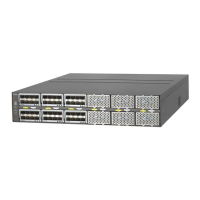
